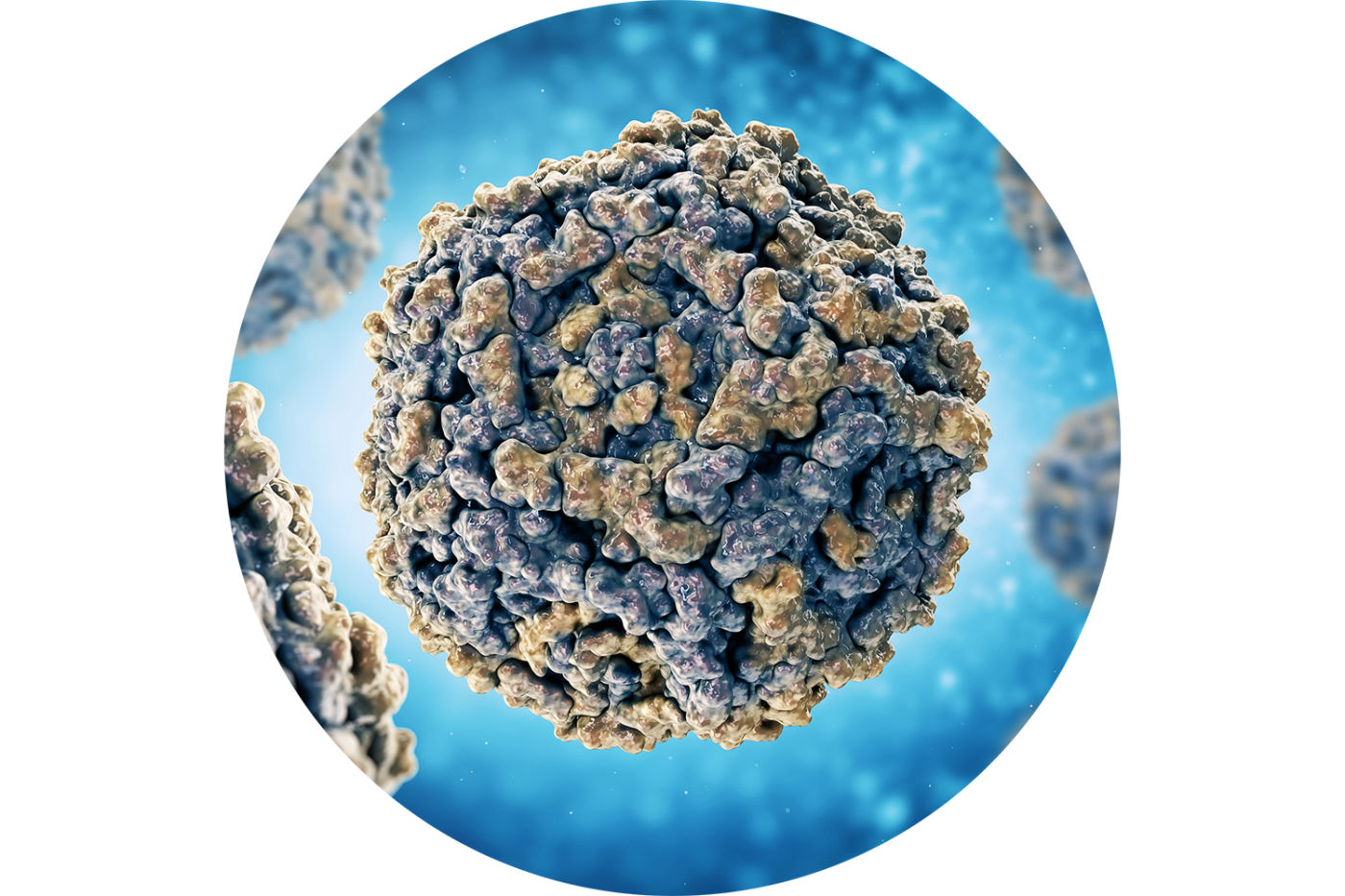
(RIF. DNA 06)
It belongs to the Parvoviridae family and is responsible for the infectious erythema also known as the fifth disease, one of the typical exanthematic diseases of childhood. It is transmitted by air and confers permanent immunity.
The virus circulates mainly in the spring and usually causes local epidemics, every few years, among children (especially between 5 and 7 years of age). Transmission appears to occur through microscopic droplets of saliva and percutaneous exposure to blood or blood products, with high rates of contagion between family contacts; infection can occur without the appearance of symptoms or clinical signs.
Parvovirus B19 causes temporary suppression of erythropoiesis which is mild and asymptomatic, except in patients with underlying hemoglobinopathies (e.g. sickle cell disease) or other GR abnormalities (i.e. hereditary spherocytosis), which can develop transient aplastic crises. In addition, immunosuppressed children can develop protracted viraemia (lasting weeks to months), resulting in severe anemia (red series aplasia).